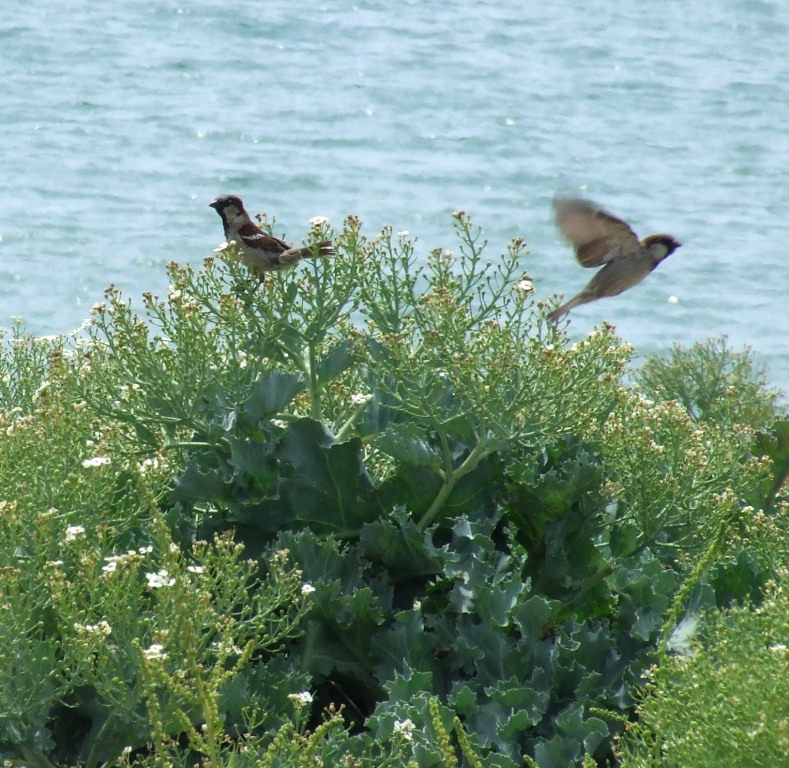Our LNR plant of the week: Sea Kale
Sea kale, (Crambe maritima) is a dominant plant on the Reserve. It is a specialised shingle plant.
It grows in the Intermediate zone between the really tough pioneer zone plants like Orache that can survive salt water and the none specialised plants that grow closer to the soil rich areas near the houses.

The large leaves are cupped to make the rain water run down to the stalk and root and waxy which means that the stomata are buried to reduce evaporation. It has a very long tap root that can go deep to find water. The perfumed nectar-rich flowers are great for attracting pollinating insects.
Sea kale is mentioned in some of the earliest references to food. The Romans preserved it in barrels for sea voyages. It’s high vitamin C content would have prevented scurvy. Sea kale was cultivated in Europe from at least the 1600s until around Word War II.
Unlike potatoes and carrots, it appears to be indigenous to the UK and can be grown in gardens. There is sometimes a problem because it is now a fashionable food and restaurateurs and others try to collect from the beach. However It should not be taken from the Reserve.
